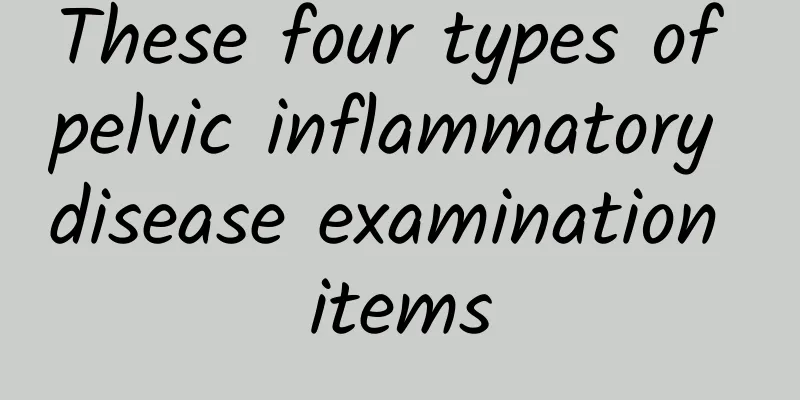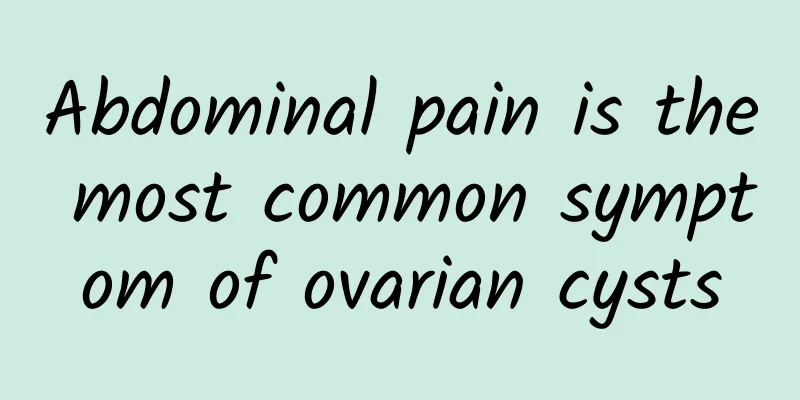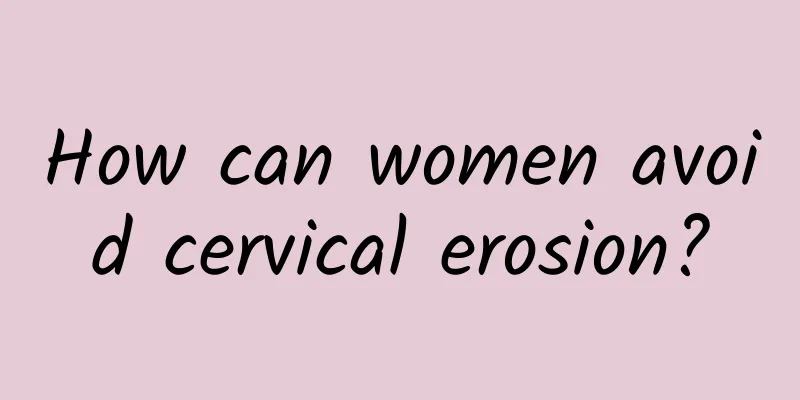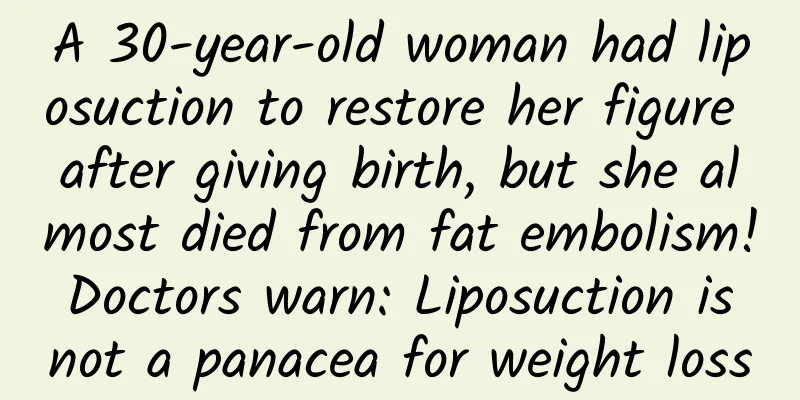Are there any dangers of uterine fibroids requiring removal?
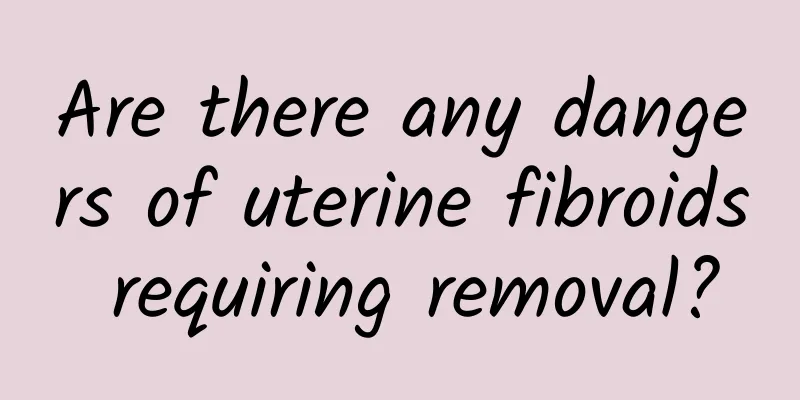
|
Uterine fibroids can cause menstrual abnormalities, infertility, abdominal pain and other hazards, but not all cases require removal. Individualized treatment should be adopted according to the size of the fibroids, symptoms and the patient's reproductive needs. Small fibroids and asymptomatic patients can be observed, while those with obvious symptoms or those that affect their quality of life can consider surgery, drug treatment and other methods. 1. The harm of uterine fibroids Uterine fibroids are common benign tumors in women, but the problems they cause cannot be ignored. 1. Abnormal menstruation: Myomas may cause increased menstrual flow, prolonged menstrual periods, and even irregular menstruation. This is mainly because myomas affect the normal growth and shedding of the endometrium. Long-term abnormal menstruation may lead to anemia, weakness, fatigue and other symptoms. 2. Pelvic compression symptoms: Larger fibroids may compress the bladder or rectum, causing symptoms such as frequent urination, difficulty urinating, or constipation. In severe cases, it may even cause urinary tract infection. 3. Fertility problems: Fibroids may affect the combination of sperm and egg or embryo implantation, leading to infertility; or cause miscarriage, premature birth, abnormal fetal position and other problems during pregnancy. 4 Pain and other discomfort: Some patients may feel soreness in the lumbar region or dull pain in the lower abdomen, especially during menstruation or exercise. 2. Is resection necessary? The decision to remove uterine fibroids depends on many factors, including the size, location, symptoms, and the patient's reproductive needs. 1 Regular observation: For patients with asymptomatic, smaller fibroids, ultrasound monitoring can be performed every 6 months to 1 year. Such patients do not need immediate treatment, just maintain a healthy lifestyle. 2 Drug treatment: Patients with mild symptoms but who are not suitable for surgery can use hormonal drugs such as GnRH agonists to reduce the size of fibroids, but they should pay attention to the side effects of the drugs. They are usually only used as auxiliary measures before surgery. 3. Surgical treatment: ① Myomectomy: Suitable for patients who wish to retain their fertility. Only the myoma is removed and the uterus is retained. ②Hysterectomy: Women with severe symptoms or postmenopausal women may consider hysterectomy to completely solve the problem. ③Minimally invasive treatment: such as laparoscopic surgery, which has the advantages of less trauma and faster recovery. The doctor will recommend the surgical method based on the patient's specific situation. The harm of uterine fibroids needs to be taken seriously, especially when the symptoms affect the quality of life, you should seek medical evaluation as soon as possible. Choosing the right treatment plan under the guidance of a doctor can help protect your health, and regular physical examinations are the key to early detection and management of uterine fibroids. In daily life, maintaining a healthy diet, regular exercise and good emotional management can also help reduce the risk of disease progression. |
>>: How long does it take to recover after adenomyosis surgery?
Recommend
Is it cheap to treat uterine effusion?
Is it cheap to treat uterine effusion? The medica...
Several common examination methods for acute cervicitis
For female patients, the examination of acute cer...
Several good ways to regulate dysmenorrhea
Dysmenorrhea requires women to regulate their con...
Why does vaginitis often recur in spring?
Spring is the peak season for vaginitis. If you d...
Is eating salad the fastest way to lose weight? What nutrition experts say
In order to have a more perfect body, every girl ...
Get rid of the misunderstanding about cervical erosion
Did you know that among us, especially middle-age...
A must-know for winter! Learn 10 diet tips and never gain weight
As the temperature drops in winter, appetite natu...
What are the factors that lead to premature ovarian failure?
Female ovarian function is an important reproduct...
How to check for congenital absence of vagina
Differential diagnosis of congenital absence of v...
What are the types of dysmenorrhea?
Many people know that dysmenorrhea is a common gy...
The following content is an introduction to the preparations before abortion:
The phenomenon of abortion has become more and mo...
Common surgical methods for uterine fibroids How to choose surgical methods for uterine fibroids
Regardless of the surgical method (laparotomy, la...
Wearing tight pants for a long time can easily induce vaginitis
Tight pants seem to have a magical power that can...
Can I get pregnant with adenomyosis?
Can I get pregnant with adenomyosis? Adenomyosis ...
The best slimming peppers! Chili peppers and peppers can burn fat
Spicy chili peppers and fragrant peppers not only...

